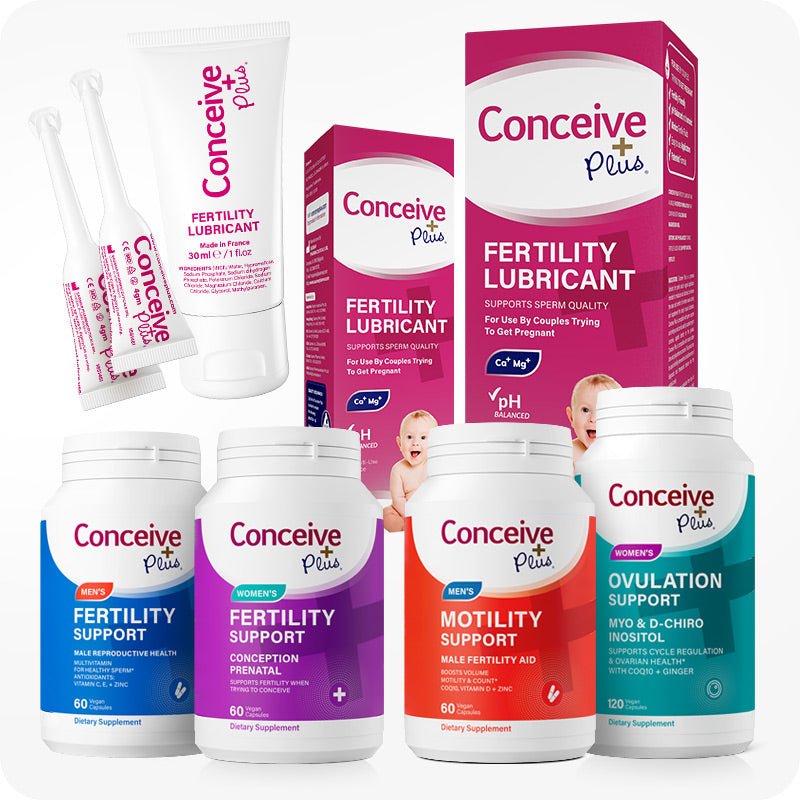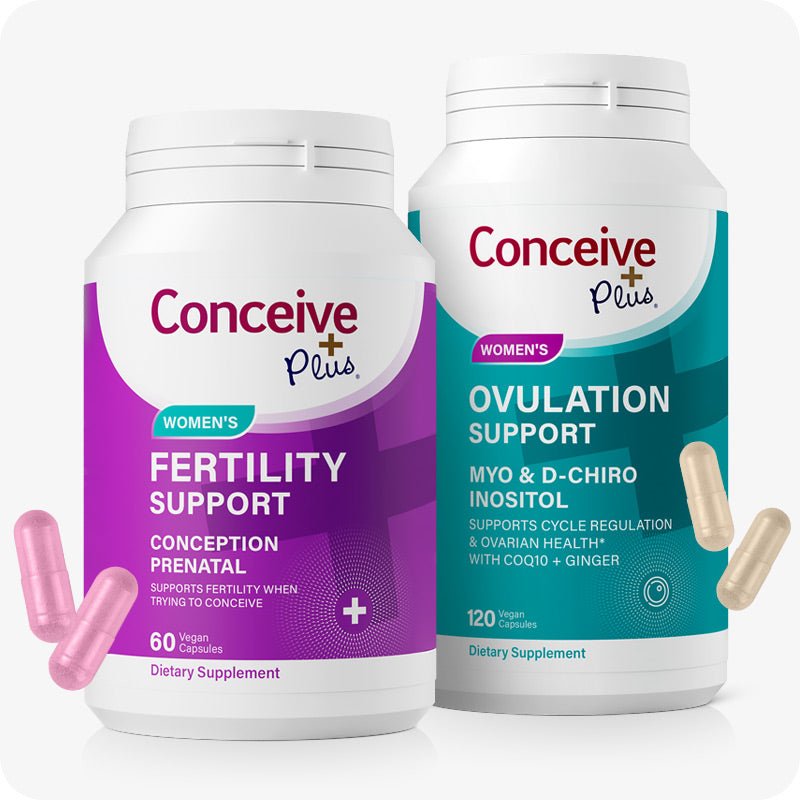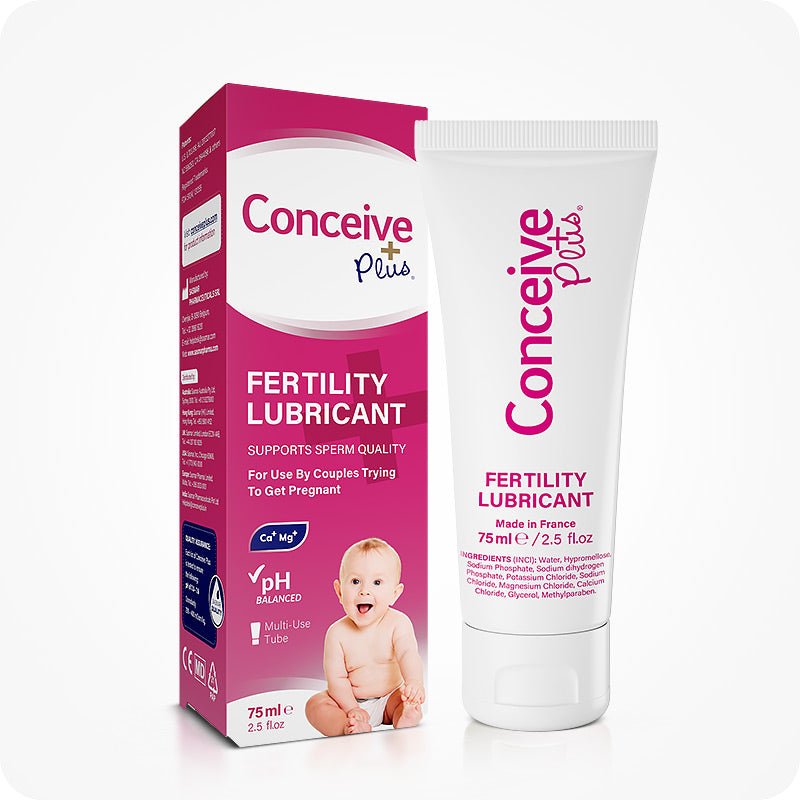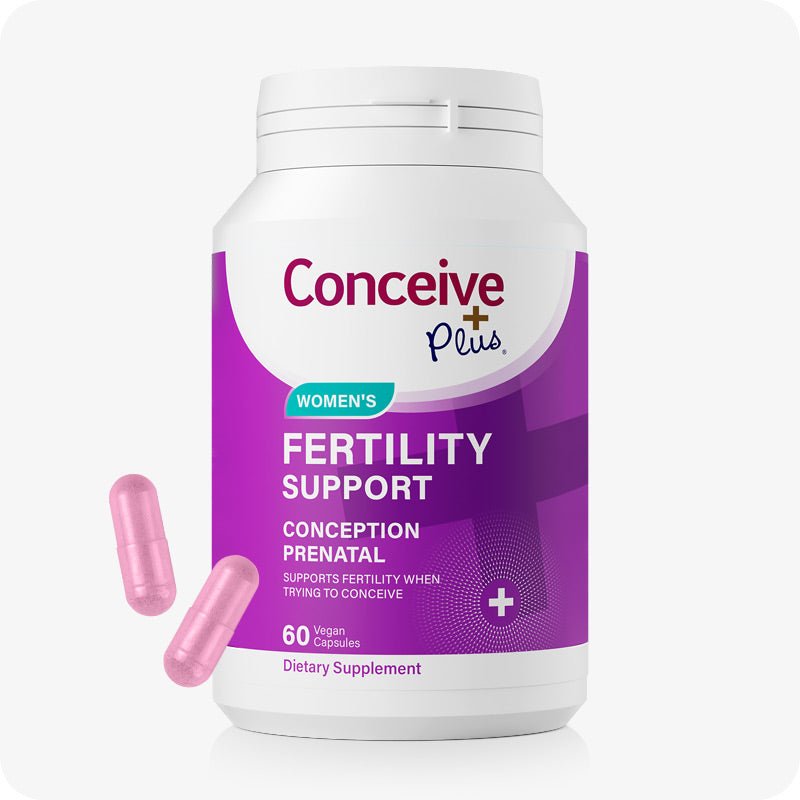Pregnant and Big Tits Concerns: A Journey Through Pregnancy

Pregnancy is often described as one of the most transformative phases in a person’s life, encompassing everything from powerful emotional shifts to major physical changes. During these months, many individuals notice that their bodies no longer feel, look, or function the same way they did before conception. Among the most noticeable and commonly discussed changes are shifts in breast size, shape, and sensitivity, often prompting curiosity about topics like being pregnant and big tits. Although there can be discomfort or confusion, these developments are part of a natural process that helps prepare the body for breastfeeding and infant care. This article will explore everything from hormonal influences and support garments to emotional impacts and medical considerations. It will also highlight how to navigate challenges tied to breast changes. Whether it’s your first pregnancy or you’ve gone through this journey before, understanding what to expect can help ease anxieties and allow you to embrace every aspect of this transformative time.
Hormonal Influences on Breast Changes
The foundation of any pregnancy-related transformation typically lies in hormonal fluctuations. Following conception, hormone levels—especially estrogen and progesterone—begin to rise steadily. These two hormones are instrumental in laying the groundwork for milk production and lactation. At first, you might notice mild tenderness or a slight increase in cup size. As the months progress, the rate of change can vary, with some people experiencing surges in growth that feel sudden, while others find these changes occur at a more gradual pace.
- Estrogen’s Role
Estrogen facilitates the development of milk ducts within the breasts. Even before pregnancy, estrogen is a key hormone in maintaining reproductive health, but its levels tend to be more pronounced during the gestational period, prompting an expansion of existing ductal tissue. To track the changes during this period, many women use a pregnancy gestation wheel. This expansion directly influences breast fullness and sensitivity, sometimes causing feelings of heaviness [1]. - Progesterone’s Contribution
Progesterone primarily aids the formation of additional glandular tissue, which is vital for eventual milk production. It also influences fluid retention, which may lead to slight swelling. Together, these hormones contribute to many typical pregnancy symptoms, including general breast soreness [2].
Because hormone levels can differ greatly from one individual to the next, the intensity and timing of these breast-related changes may vary. Some people report significant growth early in the first trimester, while others might only see a noticeable change later.
Breast Sensitivity and Appearance
Not only do breasts often become larger, but they also frequently become more sensitive during pregnancy. This heightened sensitivity can manifest as soreness or tenderness, which might feel more pronounced in the mornings or after certain activities. Alongside these sensations, visible changes can occur:
-
Vein Visibility
Increased blood flow to the chest area causes veins to appear more prominent under the skin. While potentially startling at first, this vascular roadmap is normal and can diminish somewhat after childbirth. -
Skin Changes
Because the breast skin stretches to accommodate tissue growth, some individuals notice stretch marks. These can appear as thin streaks, pinkish in color at first, which might fade to a more neutral tone over time. -
Color and Texture Modifications
The area around the nipple, known as the areola, might darken considerably. This darkening can be quite noticeable, a phenomenon often referred to as the areola of pregnancy. The body’s main objective is to make the nipple more visible for a newborn, aiding the initial latch when breastfeeding begins. Not everyone experiences the same degree of color change, but it’s generally recognized as an expected part of gestation.
Nipple Changes: Early Indicators of Pregnancy
An intriguing topic that often arises for people suspecting they might be pregnant is: how do nipples look in early pregnancy or how does your nipple look in early pregnancy? The truth is, the appearance can differ widely based on genetics, hormone levels, and overall health. However, a few generalized traits are frequently reported in early pregnancy:
- Nipple Protrusion
Hormonal changes can cause nipples to protrude more than usual, making them more sensitive to touch. This protrusion may be especially noticeable in colder temperatures or during moments of arousal [3]. -
Areolar Enlargement
Beyond darkening, the areola itself might enlarge. This can sometimes be accompanied by tiny bumps on the surface called Montgomery’s glands, which secrete an oily fluid that helps keep the area moisturized. -
Sensitivity to Clothing
Given the heightened tenderness in the area, even clothes that were once comfortable can become mildly irritating. Many pregnant individuals opt for soft, seamless bras early on to lessen friction and rubbing.
Though such adjustments can feel alarming, they typically aren’t cause for worry. They’re part of the body’s intricate process to prepare for feeding. If you’re uncertain or experiencing intense pain, it’s always wise to consult a healthcare provider for a thorough evaluation.
Explaining Growth and Size: “Big Boobs in Pregnancy” Phenomenon
One of the most noticeable shifts in body image for pregnant individuals is the phenomenon often colloquially referred to as big boobs in pregnancy or big tits pregnant. Indeed, the volume and profile of the breasts can change quite dramatically, sometimes causing people to purchase new bras in multiple sizes throughout their term. As you progress from the first trimester into the second and beyond, your breasts often continue to expand in preparation for lactation.
- Milk Duct Maturation
The body’s internal architecture of ducts and glands grows and readies for milk production. Though active milk supply typically ramps up after birth, the foundation is laid during gestation. This internal buildup contributes to an overall size increase [4]. -
Fluid and Fat Accumulation
Increased hormone levels can lead to greater fluid retention, so the breasts may store more water. Additionally, pregnancy can cause some individuals to gain weight, which can manifest in extra fat tissue in the breasts as well. -
Bigger Boobs Pregnancy
The phrase bigger boobs pregnancy encapsulates exactly this progression. While it may be thrilling for some to feel more voluptuous, others might find the extra weight inconvenient or uncomfortable, especially if accompanied by back strain.
Your healthcare provider might advise specific remedies for discomfort, including supportive bras with wide straps, investing in maternity or nursing bras that cater to a changing bustline, or simple exercises to strengthen back and shoulder muscles.
Body Asymmetry: Why One Breast Might Be Larger
Many people wonder: why is my left breast bigger during pregnancy? It’s relatively common for one breast to differ slightly in size or shape from the other, both prior to pregnancy and during gestation. In some cases, pregnancy-related growth can exaggerate this asymmetry, making one side appear or feel heavier. Often, the left side is reported as the bigger one, though this can vary.
Possible reasons for one side being larger include:
-
Natural Predisposition
Even outside the context of pregnancy, it’s normal to have one breast that is slightly bigger. Hormonal surges can amplify existing differences. -
Sleeping Position
Although not definitive, some speculate that sleeping predominantly on one side could influence circulation and fluid retention, thereby affecting size. However, scientific evidence to strongly support this claim remains limited. -
Milk Duct Development
Since no two bodies are alike, the glandular tissue and milk ducts on one side of the chest may develop more robustly, thus resulting in more noticeable growth.
Psychological and Emotional Dimensions
It’s easy to think of pregnancy as purely a physical journey, but emotional well-being is equally important. Significant breast changes can induce mixed feelings: pride, anxiety, excitement, or even embarrassment. These emotional reactions may be magnified by additional factors such as hormonal imbalances, social pressures about body image, and the personal history of the individual.
-
Body Image and Self-Esteem
Some individuals embrace a fuller chest, viewing it as a symbol of fertility and motherhood. Others might struggle, especially if they’re unaccustomed to carrying extra weight in the upper body. It’s important to remember that these transitions are normal and to focus on functional health rather than societal ideals. -
Social Interactions
People around you might comment on your growing belly and breasts, occasionally in insensitive ways. Setting boundaries around what you’re comfortable discussing can be instrumental in preserving mental health. -
Partner Dynamics
If you have a partner, their reaction to your shifting shape can either boost your confidence or heighten insecurities. Open communication about comfort levels—physical or emotional—fosters a healthier shared experience throughout gestation.
The Bottom Line
Pregnancy is a life-altering event brimming with highs and lows, from the early curiosities—how do nipples look in early pregnancy or how does your nipple look in early pregnancy—to the full-blown reality of big boobs in pregnancy or bigger boobs pregnancy, these changes underscore the astonishing power and adaptability of the body. While some may question why is my left breast bigger during pregnancy, in most cases, these asymmetries are natural and need no intervention beyond the usual supportive care.
Staying informed about each stage, whether it involves exploring the areola of pregnancy, investing in suitable undergarments, or maintaining a dialogue with healthcare providers, helps keep both body and mind at ease. Ultimately, recognizing the marvel of these changes and focusing on physical and mental health can turn potential anxieties into a greater sense of empowerment. Though every journey is distinctly personal, understanding the science behind pregnant and big tits can foster a deeper appreciation for the complex, awe-inspiring process of bringing new life into the world.
References:
- Parisi F, Fenizia C, Introini A, Zavatta A, Scaccabarozzi C, Biasin M, Savasi V. The pathophysiological role of estrogens in the initial stages of pregnancy: molecular mechanisms and clinical implications for pregnancy outcome from the periconceptional period to end of the first trimester. Hum Reprod Update. 2023 Nov 2;29(6):699-720. doi: 10.1093/humupd/dmad016. PMID: 37353909; PMCID: PMC10628507.
- Dante G, Vaccaro V, Facchinetti F. Use of progestagens during early pregnancy. Facts Views Vis Obgyn. 2013;5(1):66-71. PMID: 24753930; PMCID: PMC3987350.
- Alex A, Bhandary E, McGuire KP. Anatomy and Physiology of the Breast during Pregnancy and Lactation. Adv Exp Med Biol. 2020;1252:3-7. doi: 10.1007/978-3-030-41596-9_1. PMID: 32816256.
- Javed A, Lteif A. Development of the human breast. Semin Plast Surg. 2013 Feb;27(1):5-12. doi: 10.1055/s-0033-1343989. PMID: 24872732; PMCID: PMC3706056.













